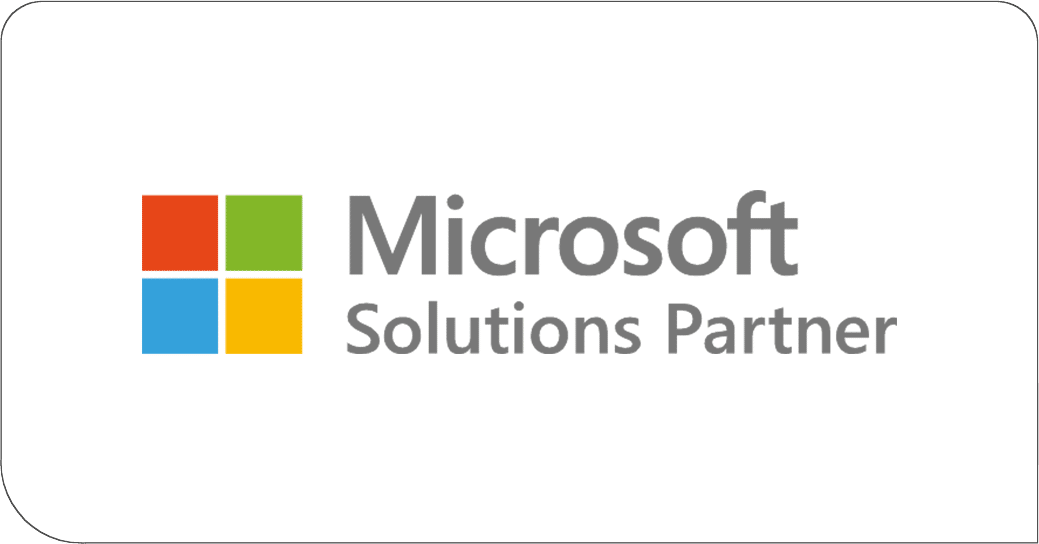Microsoft’s industry-defining tools have given the company a solid reputation for being a premier provider of robust business IT solutions. With Microsoft’s cloud solutions, such as Office 365 (also known as M365 or Microsoft 365), companies can lower their dependency on restrictive in-house infrastructure.
And with more than 100,000 US customers using the M365 suite, it is clear that Microsoft solutions are the tools of choice for many. But migrating to Microsoft 365 can be a tricky undertaking. To do this effectively, businesses must be aware of potential mistakes that could undermine their migration projects.
What are some Office 365 migration mistakes?
1. Programs are not optimized for transfer
A successful Office 365 migration requires functional business IT solutions (including applications). When these programs are working correctly, they can be migrated over to Microsoft technologies with as little pain as possible. On the other hand, if they are not optimized, it can increase the chances of data loss.
Configuring IT tools can be quite complex. To ensure that your business IT solutions are ready for transfer, you can enlist the services of an IT support specialist who can assess and update your systems before migrating them to Office 365.
Email migrations are slightly trickier as there is always a risk that messages may become corrupted when moving them to a new email system’s user mailboxes. The following migration scenarios—a staged migration, cutover migration, hybrid migration, or Internet Message Access Protocol (IMAP) migration—are always available to help you safely transfer important emails to M365.
2. Inadequate preparation
No system or data migration can be successful without a thorough plan. On the flip side, performing a migration without a foolproof plan can increase the chances of failure—a disruption that can force businesses to slow down. A migration strategy needs to cover every aspect of the transition, including individual steps, security measures, timelines, and more. The more information you put into your plan, the more in-depth it will be, reducing the likelihood of oversights.
3. Security risks
No IT environment is impenetrable from cyber threats. Cloud-based security threats, such as cloud-based malware, do exist, and when organizations are undergoing a Microsoft Office 365 migration (a time when systems are more vulnerable to attacks), it is vital that they protect their business IT solutions and data from risks.
In order to avoid falling victim to security risks, companies need to deploy various cybersecurity solutions and practices. These can include system monitoring tools, risk assessments, multi-factor authentication (MFA), etc. With a cohesive set of security measures protecting your company’s data, you can ensure that you remain compliant and safe while transitioning to Microsoft solutions.
4. Blindsided employees
A Microsoft Office 365 migration is a significant undertaking. If a business’s staff is not aware of the migration, it can catch them off guard. This sudden shock can result in lowered productivity, diminished morale, and additional stress. Open communication is an essential business practice that must be exercised throughout the migration.
Before you migrate your business IT solutions to a Microsoft environment, you ought to talk to your team and inform them of the migration. Answer any questions they have and explain how an Office 365 migration will benefit them. It would also be beneficial to ask for their input during the planning stage. That way, you can ensure that your strategy is relevant and cost-effective.
5. Incompatible solutions
Some business IT solutions may not be compatible with the Microsoft solutions you are migrating to. In this case, it is best to identify which of your tools needs additional prep work before making the transition.
Testing for compatibility can involve:
- Network assessments.
- Determining if your business IT solutions’ information (models, operational capacity, etc.) fulfills Microsoft’s migration specifications.
- Upgrading your company’s Internet and bandwidth to support Microsoft solutions.
Depending on the size of your IT environment, carrying out compatibility tests can be time-consuming. To make sure that your systems are ready for a Microsoft Office 365 migration, it may be a good idea to hire the services of a managed service provider (MSP) that has experience in working with Microsoft solutions and the cloud. With an MSP’s help, you can rest assured knowing that your business IT solutions will be properly prepared for a migration.
Make the jump to Microsoft solutions with leading migration specialists
With a great plan and foresight, Microsoft Office 365 migrations can innovate businesses and streamline their processes. The Microsoft experts at Davenport Group have the tools and expertise to help companies plan and execute seamless migration processes.
From preparing business IT solutions to configuring tools like Microsoft Azure, the team at Davenport Group can support you in all your migration endeavors, allowing you to reap the benefits of M365 from the get-go.

